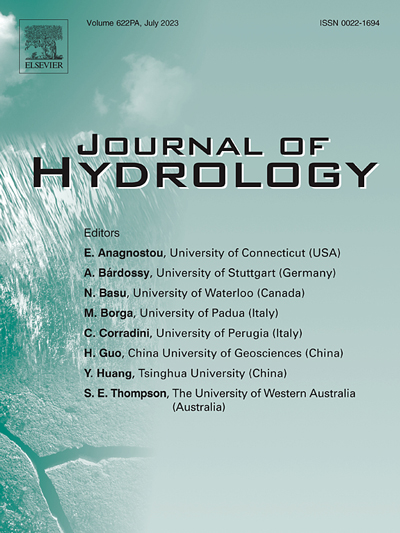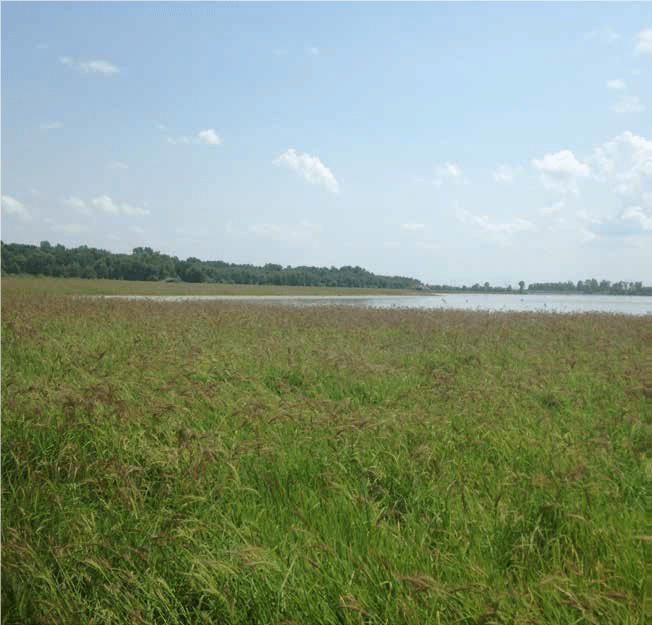Flood-control reservoirs are common in the U.S. and several are located in highly agricultural regions of the Midwest. In this study, a mass balance of annual and seasonal NO3-N concentration and load reductions was calculated for Lake Red Rock, a large flood-control reservoir located on the Des Moines River downstream of the City of Des Moines, Iowa. Utilizing rare long-term upstream and downstream NO3-N monitoring records extending back in time 42 years and combining this with estimates from tributary inputs, Lake Red Rock reservoir was found to remove an average of 7,379 Mg NO3-N per year, representing 12.4 % of the NO3-N inputs to the reservoir. Annual variations in NO3-N loss rate varied considerably (-2.9 % to 41.3 %) and were significantly related to annual reservoir water retention time. Combining study results with literature data, annual NO3-N reduction in Midwestern flood-control reservoirs was logarithmically related to average annual water retention time. Although flood-control reservoirs are designed primarily for flood protection, manipulating the reservoirs to achieve longer water retention times, particularly during periods of high NO3-N concentrations and loads, could be a strategy to alleviate impairments at downstream water suppliers and help state and federal agencies meet NO3-N reduction goals.



